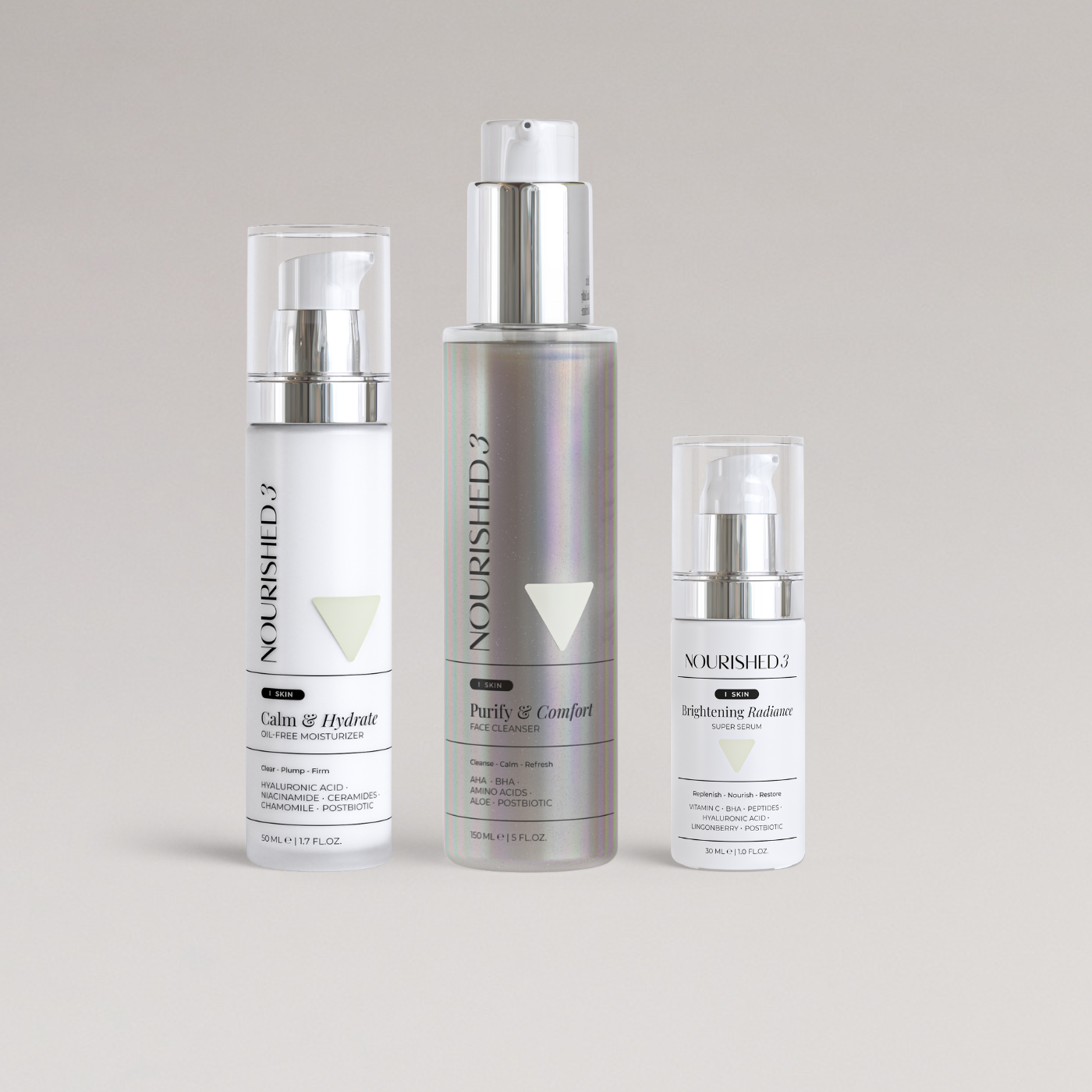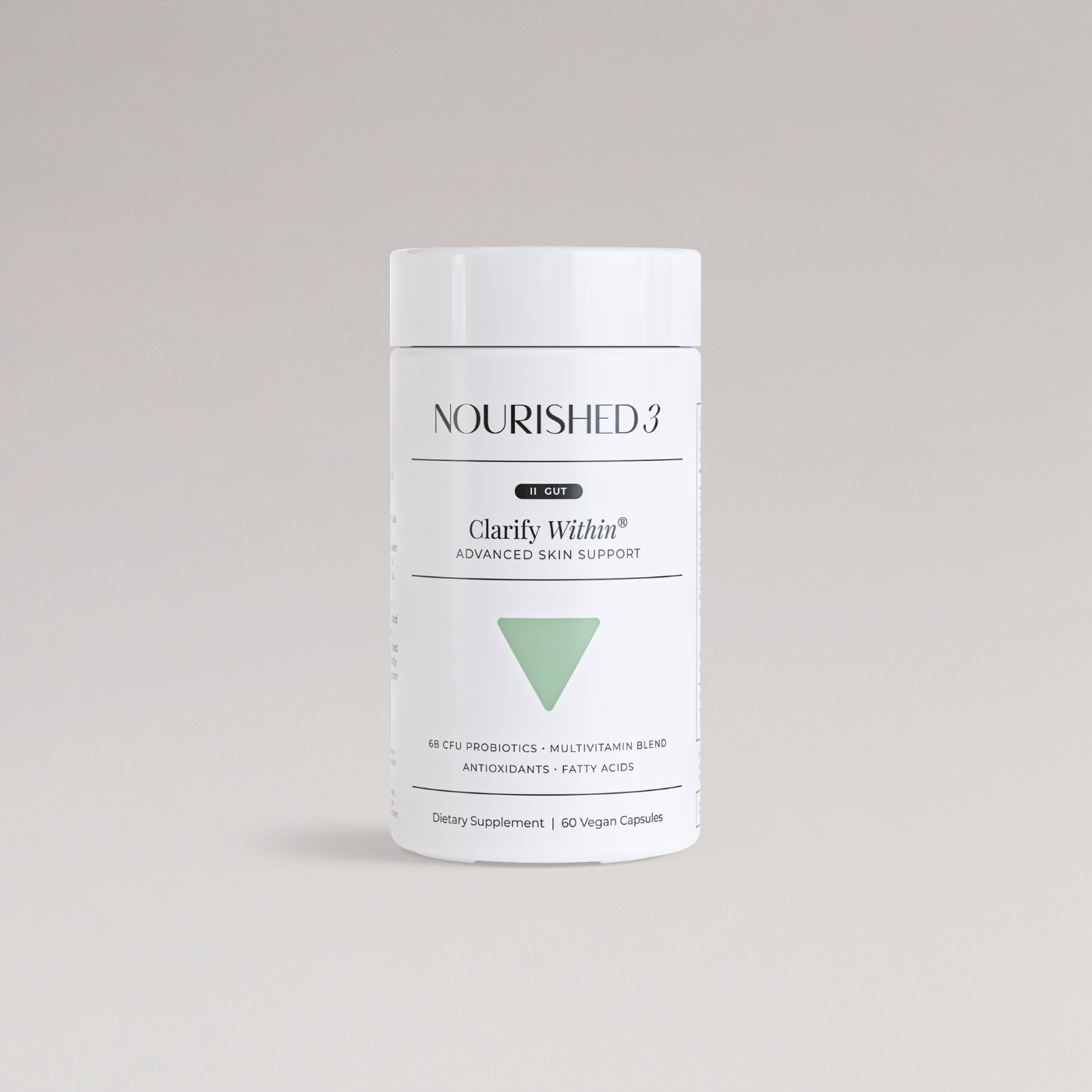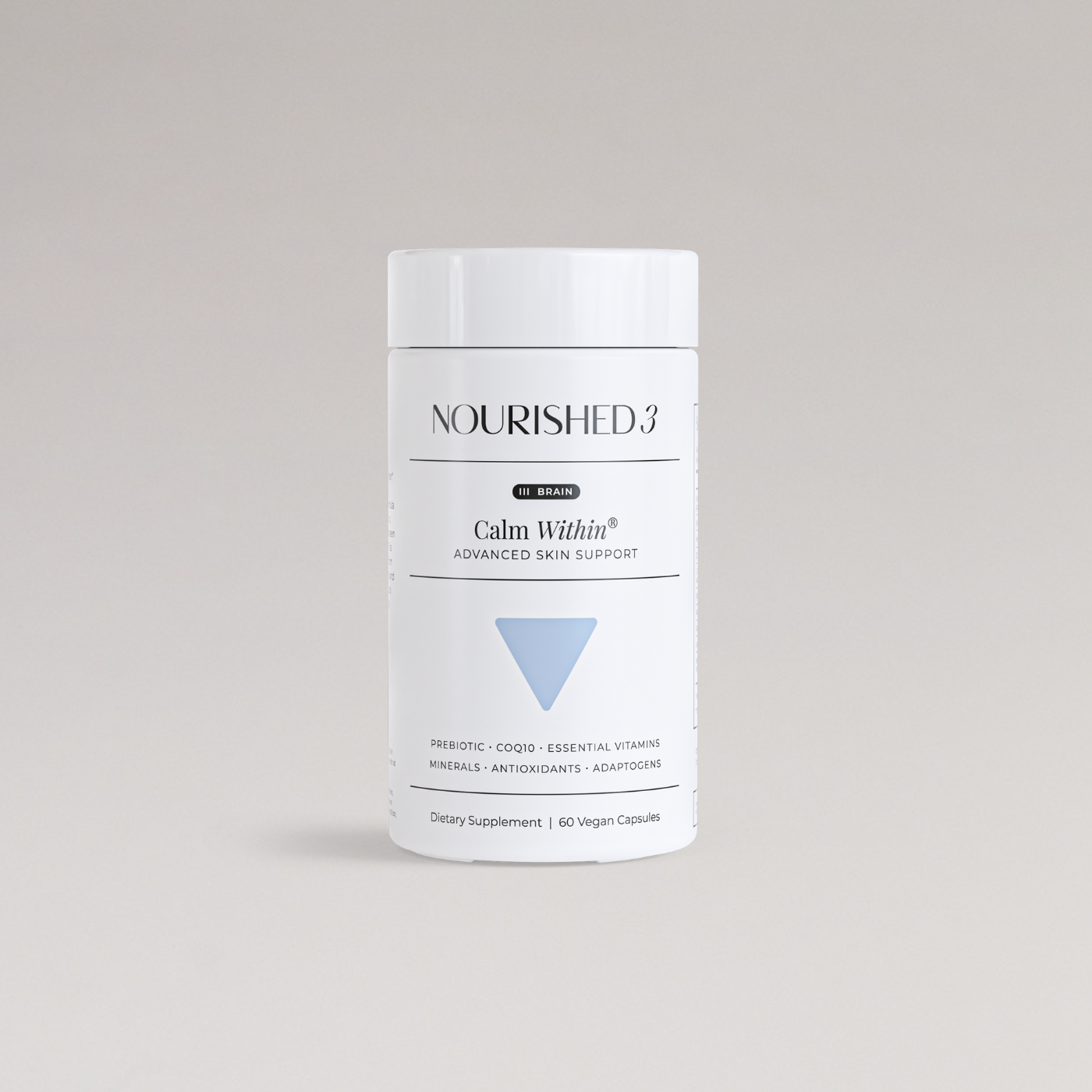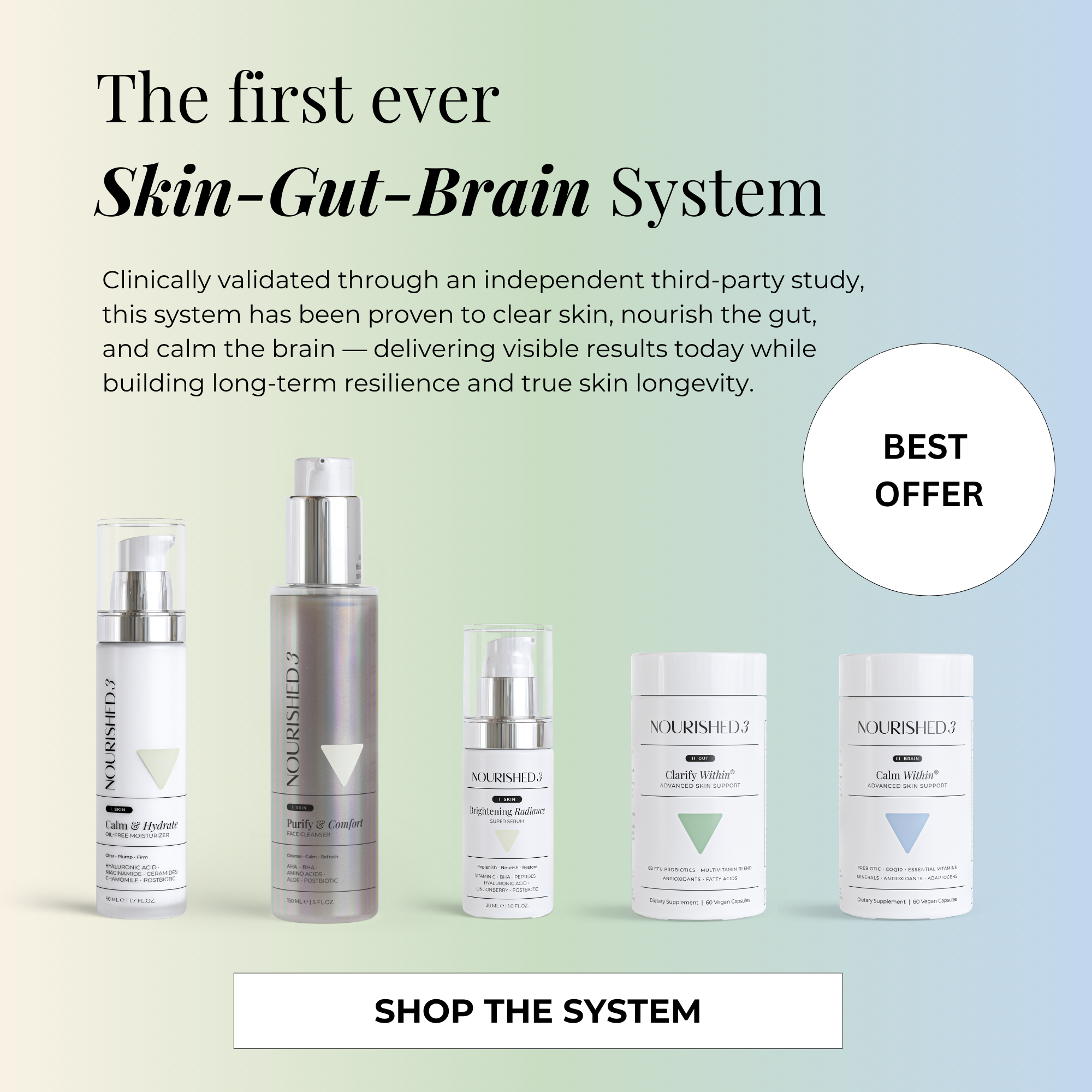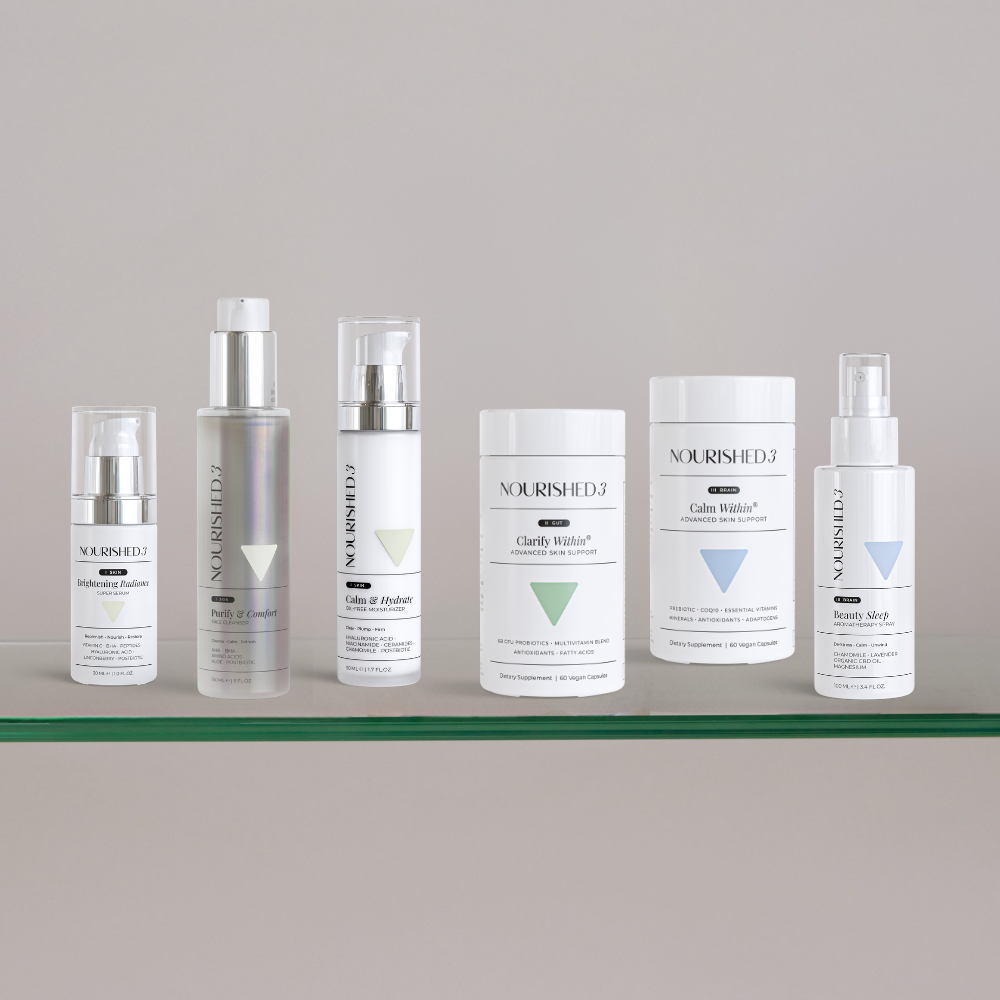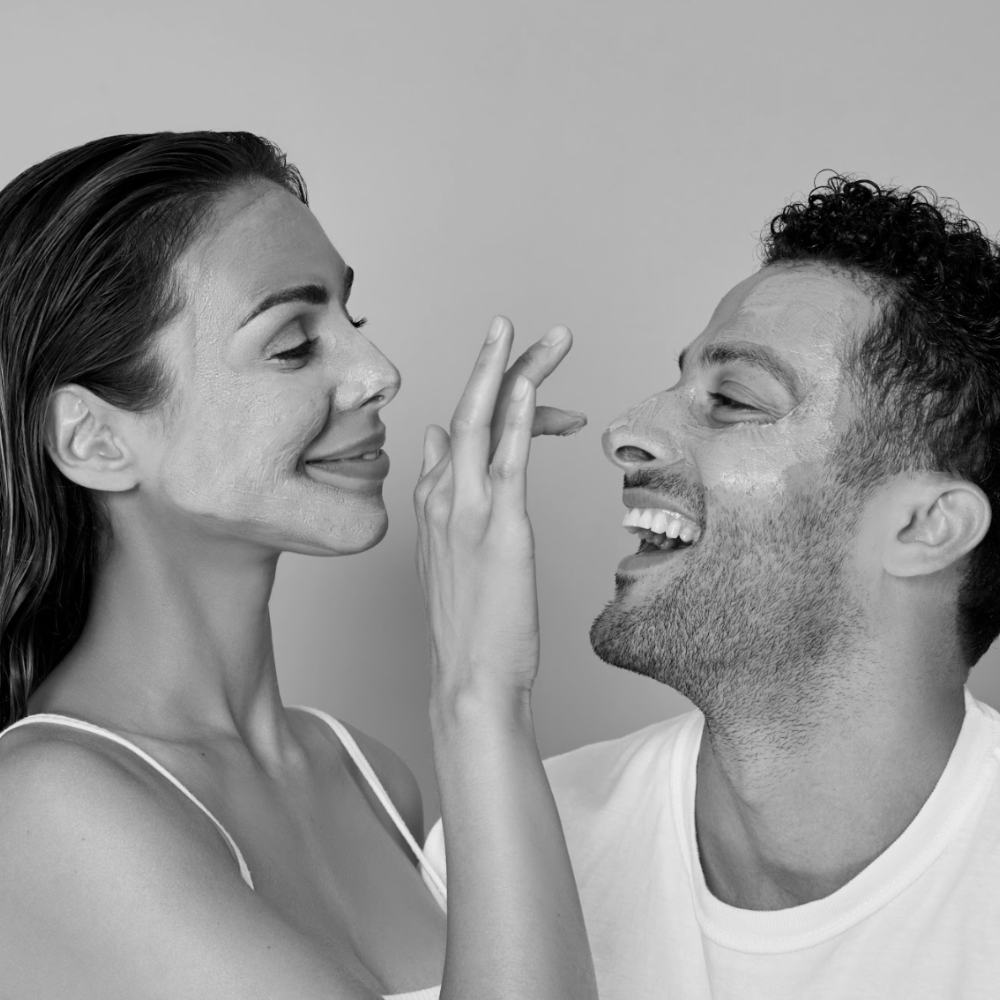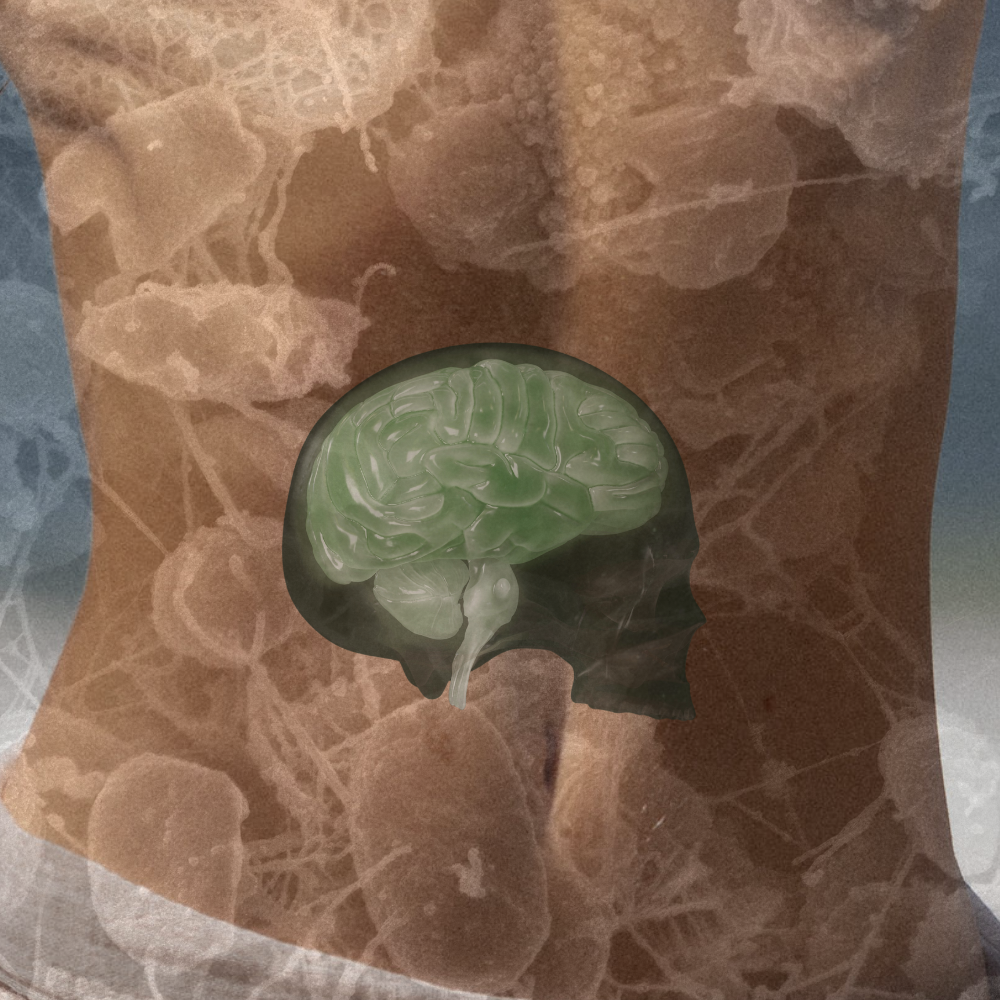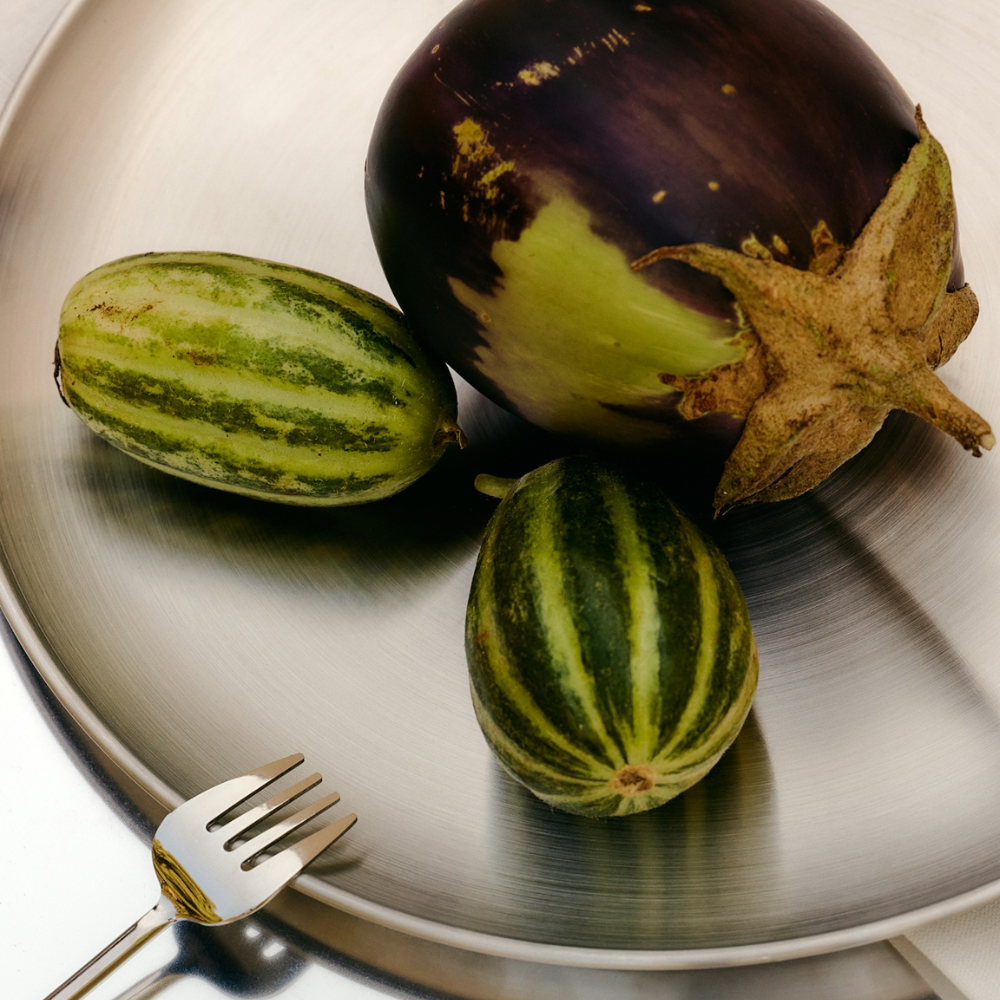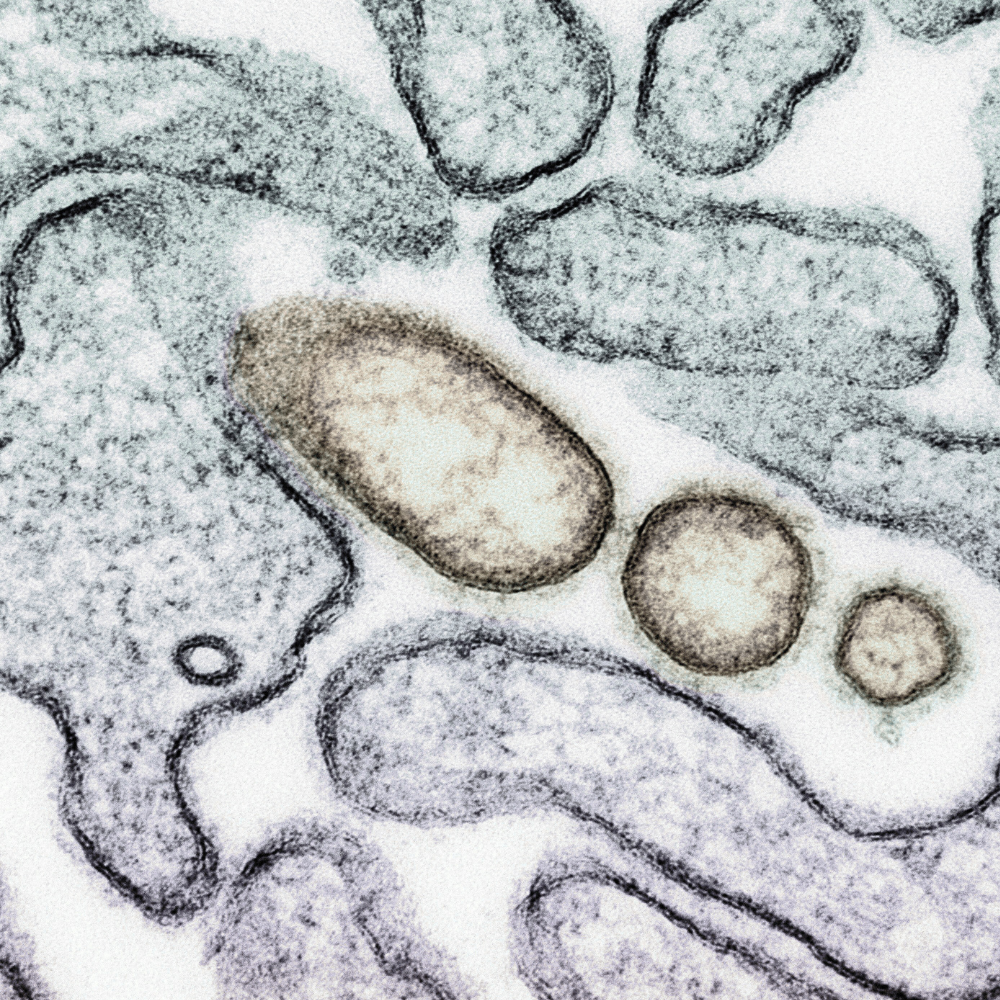Acne types and which one you might have
Acne is not a one-size-fits-all diagnosis, but rather a “multifactorial condition”, which means it can be caused by many different factors. These different triggers can then manifest into a wide variety of blemishes. This is why your breakouts may look different from your besties.
Acne stages
There are three stages of acne: mild, moderate, and severe.
The types of breakouts a person can develop during the different acne stages may include:
Mild acne: A person will mostly develop blackheads and whiteheads in mild acne. They may have some papules and pustules. The total number of lesions is typically under thirty.
Moderate acne: More papules and pustules will form in moderate acne, and a person can also have a higher number of blackheads and whiteheads. The total number of lesions is typically between 30–125.
Severe acne: In severe acne, a person will develop a high number of large and painful papules, pustules, nodules, or cysts. The total number of lesions is typically over 125.
A person’s acne stage may change over time due to their hormones, stress levels, diet and other lifestyle factors, all playing a part in the severity of their acne. Tag along as we explore the most common acne types and what may be causing them:
Non-inflammatory acne types
Whiteheads and blackheads are types of non-inflammatory acne. They are typically the least severe forms of acne and do not cause swelling or discomfort.
Whiteheads: Also known as “closed comedones,” whiteheads are one of the most typical forms of acne. They appear on the skin as small or medium bumps, usually whitish or skin-tone in color. Whiteheads occur when a pore becomes clogged with a mix of dead skin cells and sebum. This clogged pore gets covered by a layer of skin and develops pus within. The pus is what gives the whitehead its white appearance.
Blackheads: Blackheads, or open comedones, are small, dark-colored spots that may appear as slightly raised bumps. The skin around a blackhead usually appears normal, while the center of the blackhead is darker than the surrounding area. This coloration is not a result of trapped dirt. Blackheads are simply whiteheads that have opened and widened. When the contents of a whitehead are exposed to air, they darken.
Inflammatory acne types
A person with a more severe case of acne may experience inflamed blemishes across their face, chest, and back. Inflammatory acne is more severe than its noninflammatory counterpart and can lead to complications such as scarring and pitting. Inflammatory acne can vary from small bumps that respond to topical treatments to large cysts that may require medical attention.
Mild forms
Papules: Papules are bumps under the skin’s surface that are less than 1 centimetre (cm) . Papules themselves will appear solid, tender, and raised. Typically, the skin around a papule is also inflamed. Unlike whiteheads, papules have no visible centre, and unlike blackheads, the pores of a papule are not widened.
Pustules (pimples): Pustules are larger, tender bumps with a defined circular centre filled with whitish or yellowish pus. The area around a pustule appears red or pink on light skin and a deep brown or black on darker skin. The pus in the pustule is typically a combination of immune cells and bacterial cells collected in the blocked pore. Pustules typically look larger and more inflamed whiteheads.
Severe forms
Nodules: Nodules are hard, inflamed lumps located deep within the skin. Like papules, nodules have no visible head. Nodules are a severe form of acne blemish and can cause skin complications such as dark spots or scarring. This type of acne lesion develops when clogged pores become infected and swell beneath the skin’s surface. As a result, nodular acne may be more severe than its physical presentation suggests.
Cysts: Cysts are exceptionally large, painful, red, or white lumps situated deep in the skin. Unlike nodules, these cysts fill with pus and are typically soft to the touch. Cysts are the most severe type of acne blemish. In severe cases, a person may require surgical intervention to treat them. If not treated properly, cysts can lead to visible scarring.
Step-by-step guide to improving acne-prone skin
Now that we’ve explored the different types of acne, let’s dive into what can be done to treat and heal the skin. We believe it’s equally important to nurture both from the outside in as well as from the inside out.
1. Gently exfoliate once per week
Regular exfoliation will help to unblock pores and prevent new spots from occurring. Use a gentle AHA-based exfoliant, such as the Clarify & Brighten Face Mask, which gently but effectively lifts dead skin cells, and renews and nourishes the skin cell deeply. Avoid over-exfoliating as too much can aggravate skin causing greater inflammation. We also recommend only exfoliating if you have mild acne.
2. Exercise
Many acne sufferers stop exercising, fearing that sweating will worsen it. Exercise, however, will keep you healthy and actually helps unblock pores by making you sweat - just make sure you cleanse straight after your workout, preferably before the sweat has had time to dry. Exercising is also a great mood booster which is essential for maintaining good mental health among those suffering from acne.
3. Nourish yourself from the inside out
It is important to eat clean and avoid inflammatory foods. Almonds, blueberries, avocados and wild salmon are a few examples of foods which may help to reduce and prevent inflammation. By changing your diet to more anti-inflammatory foods, you may make your skin less likely to develop painful and inflamed spots.
4. Enjoy the sun in moderation
Exposure to the sun is essential for your well-being, as this is how we absorb vitamin D which helps strengthen our bones and mood our mood among other things. Just 15 minutes of sun exposure a day could help treat symptoms of acne by drying out and regulating sebum. Any longer, however, and the drying effects could be counteractive, blocking the pores further with dry skin. It’s significant to always wear SPF with both UVA and UVB protection when in the sun and avoid sunbeds at all costs as they emit huge levels of UV rays which are very damaging to your skin.
5. Don’t cleanse more than twice a day
Overwashing can irritate the skin and cause further inflammation and dryness, which can exacerbate acne.
6. Drink plenty of water throughout the day
Drinking water helps optimize blood flow and nutrient delivery throughout the body, which means cells are nourished better. Staying hydrated is also important for a well-functioning lymphatic system, which flushes away toxins and irritants from your body. It also helps to strengthen your immune system and gut health, which both play key roles in healthy skin.
7. Go make-up free or use mineral-based make-up
Aim for a few make-up-free days during the week to allow your skin and pores to properly breathe. Mineral-based foundation and concealer are great alternatives to traditional make-up as they don’t contain irritating ingredients such as silicons, oils and fragrances that can clog and aggravate sensitized skin.
8. Remove make-up before bed
Just because you are asleep at night, doesn’t mean your skin is. Washing makeup off with a gentle cleanser before bedtime will unblock your pores, allowing your skin to breathe and reducing the likelihood of skin irritations.
9. Don’t touch!
As tempting as it can be to pick at breakouts, try not to. Touching your spots not only introduces new bacteria to the area but can also break the seal of the pore, causing the bacteria to spread further into your skin causing inflammation, and turning blackheads and whiteheads into red, sore spots. Instead, keep following your natural skin cleansing routine.
10. Take time each day to do something nice for yourself
Dealing with unwanted breakouts and acne can take a toll on your happiness and confidence. Even though it can feel extremely taxing, it’s important to remind yourself of the good things going on in your life, and know that acne is just temporary. Starting your day with a few minutes of meditation gratitude journaling, a walk outside or a good book can do wonders for your mood, which in turn helps to lower inflammation and stress in your body, optimizing digestion and overall well-being.
Check out our free guided meditation for clear and healthy skin here to get the good energy flowing!
Did you know our products are made from a fusion of active, natural and clinically proven ingredients, all chosen specifically for their restorative and nourishing qualities for acne-prone skin?
Start your clear and glowing skincare journey today.
